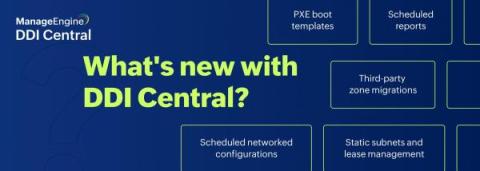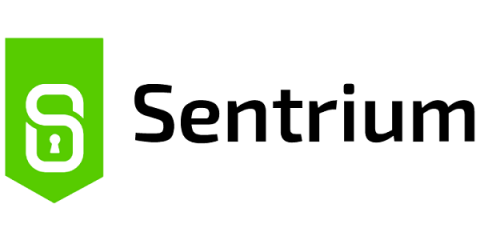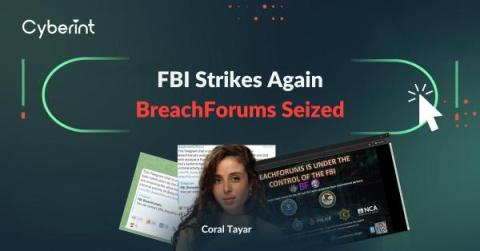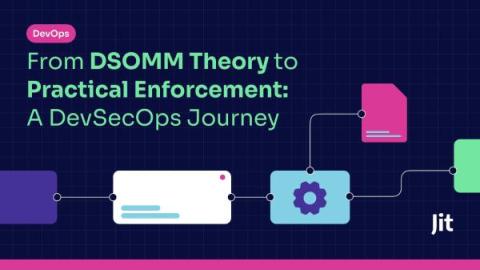Maximizing Network Performance: Strategies for Ensuring Connectivity in High-Density Wi-Fi Environments
The demand for uninterrupted online access is at an all-time high, especially in crowded areas with high user density. This article explores how to solve issues related to 2.4 GHz Wi-Fi, and implementing practical strategies for ensuring robust connectivity in high-density environments.











